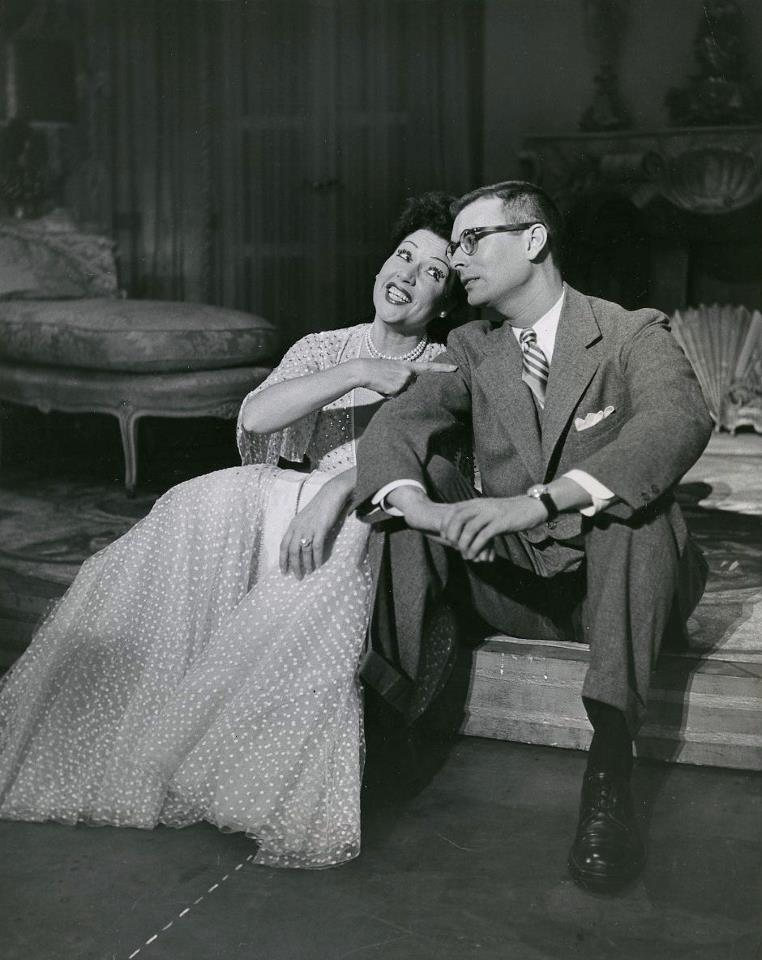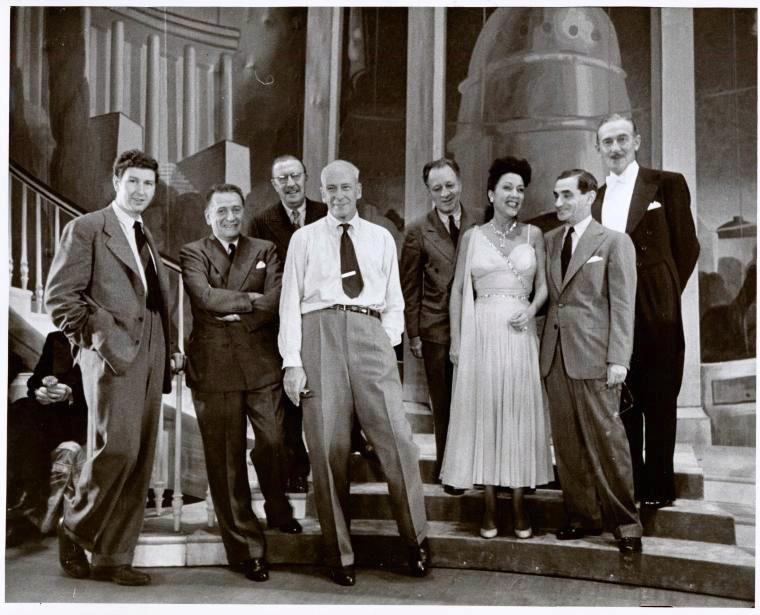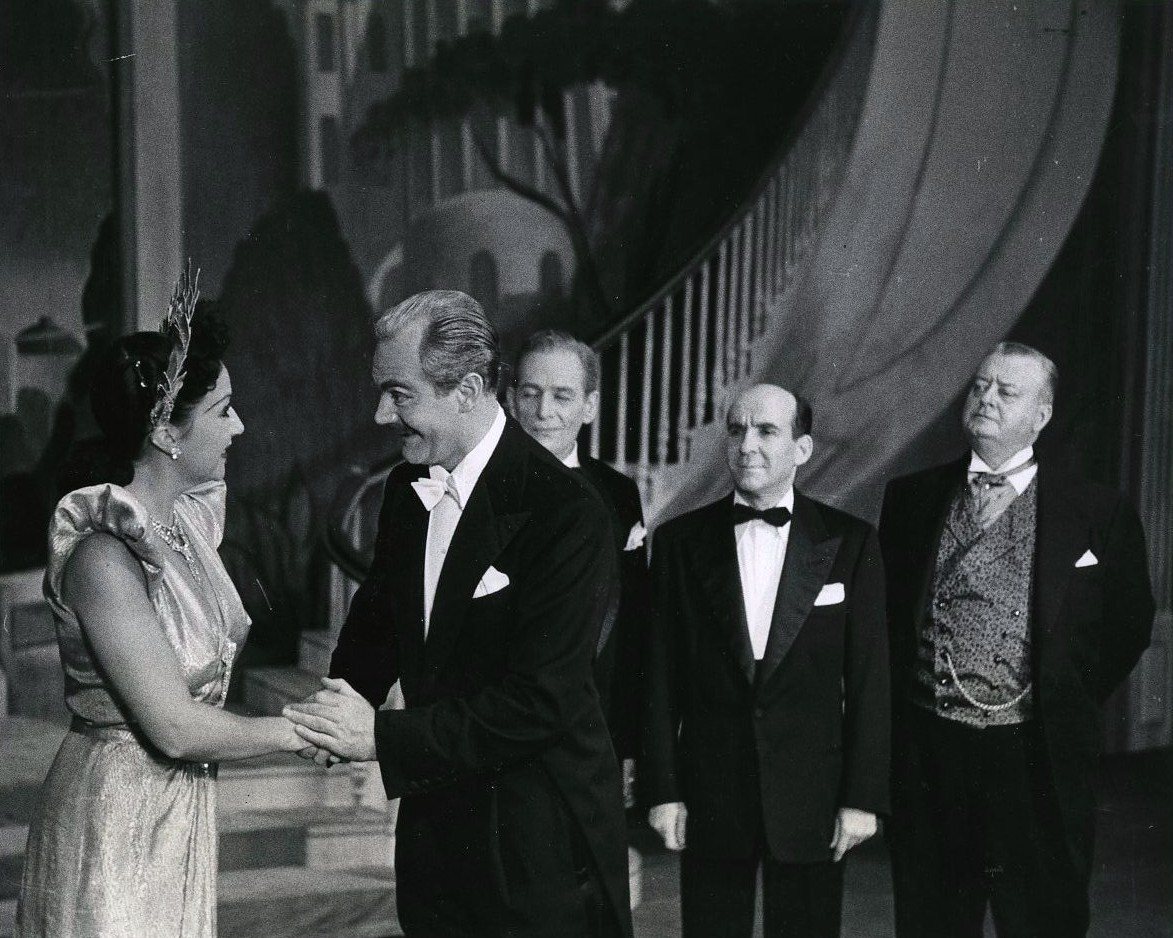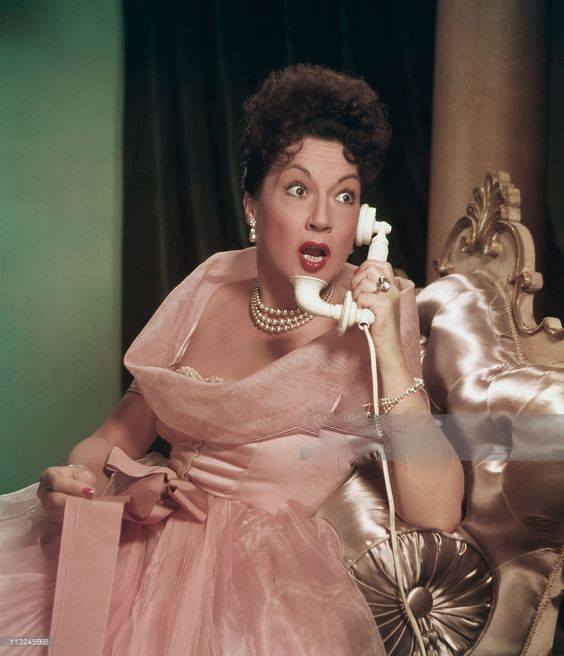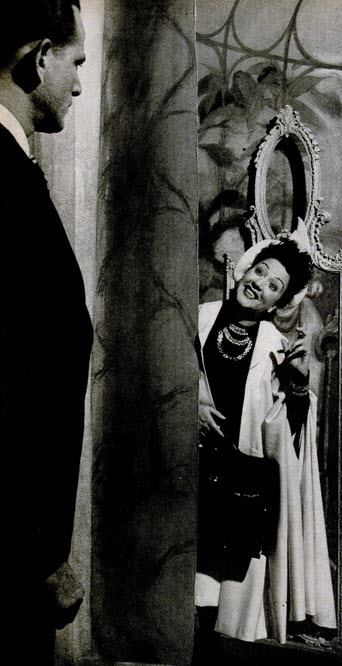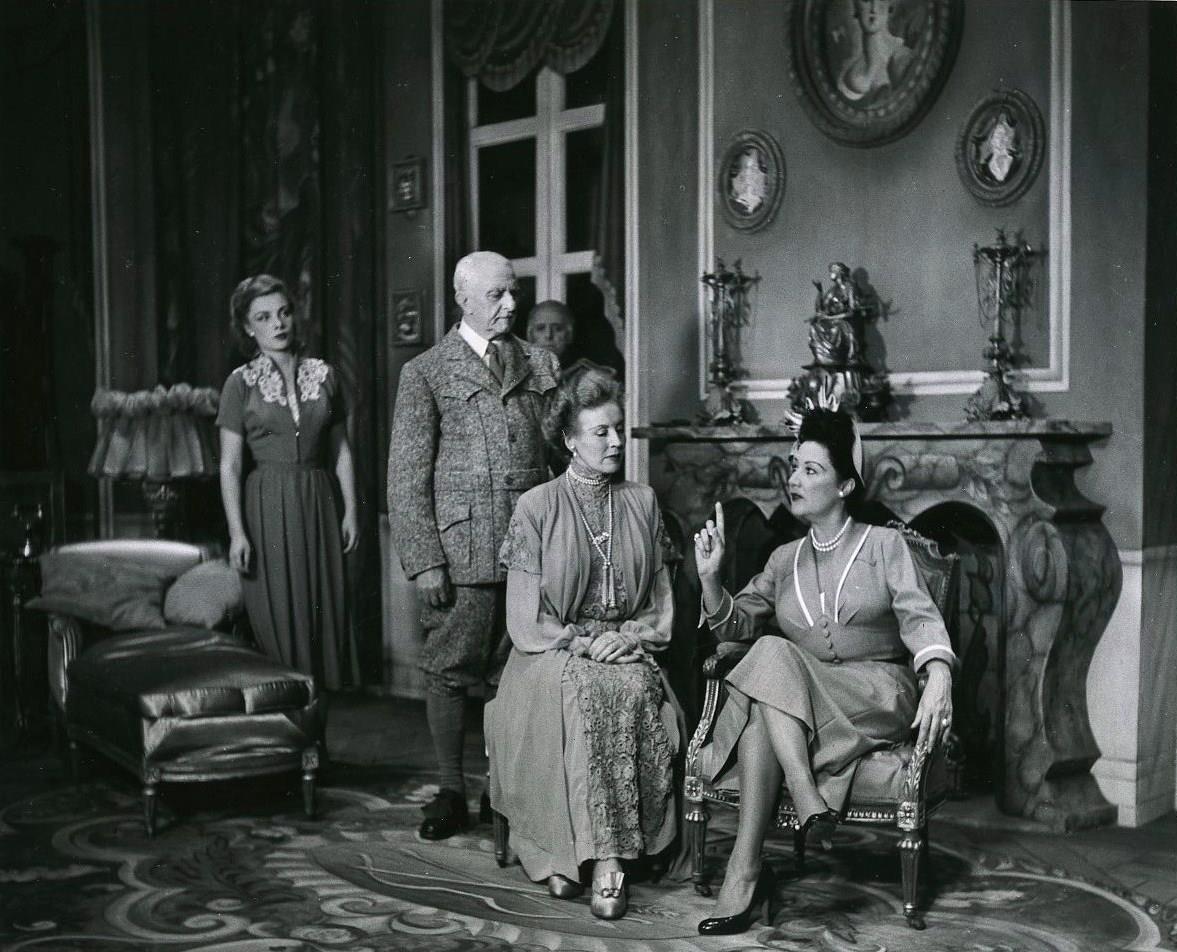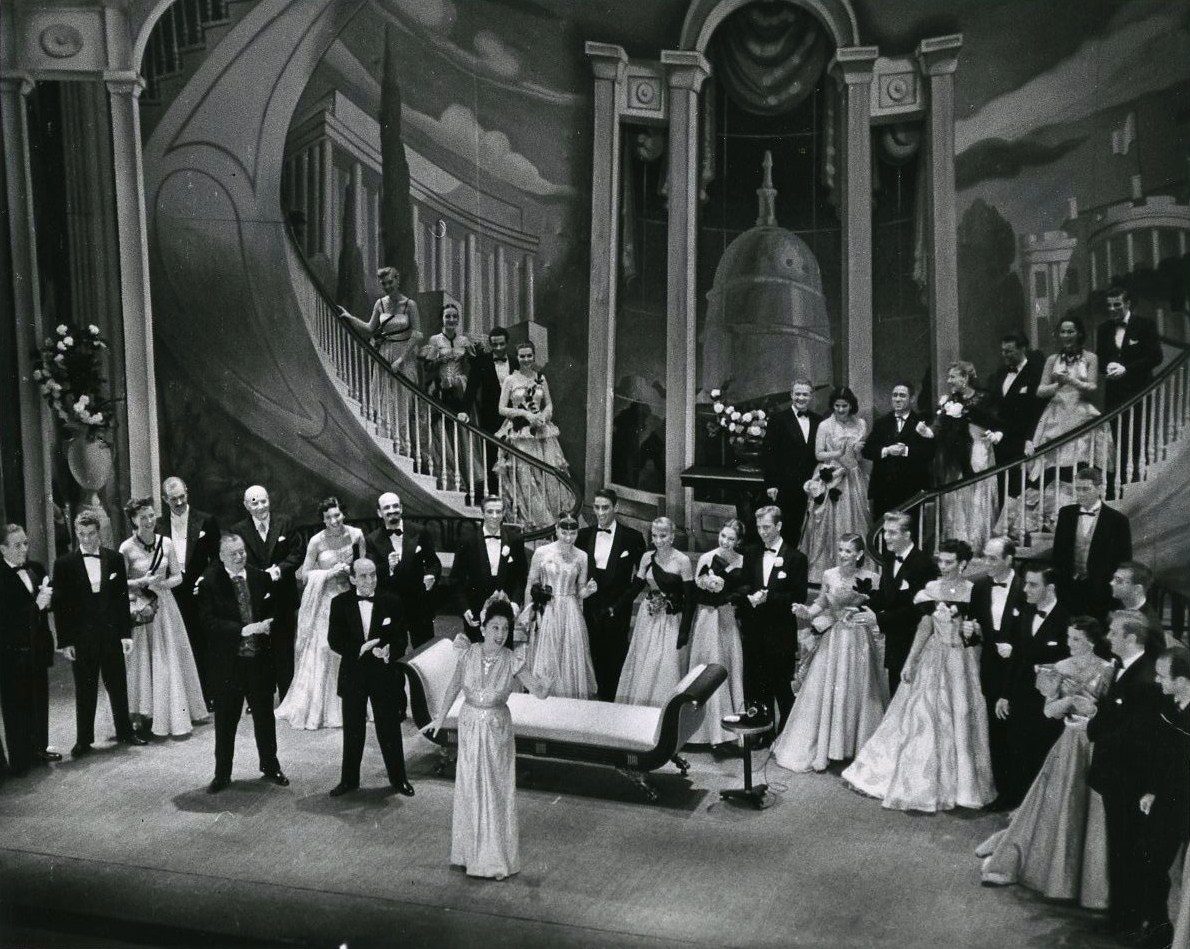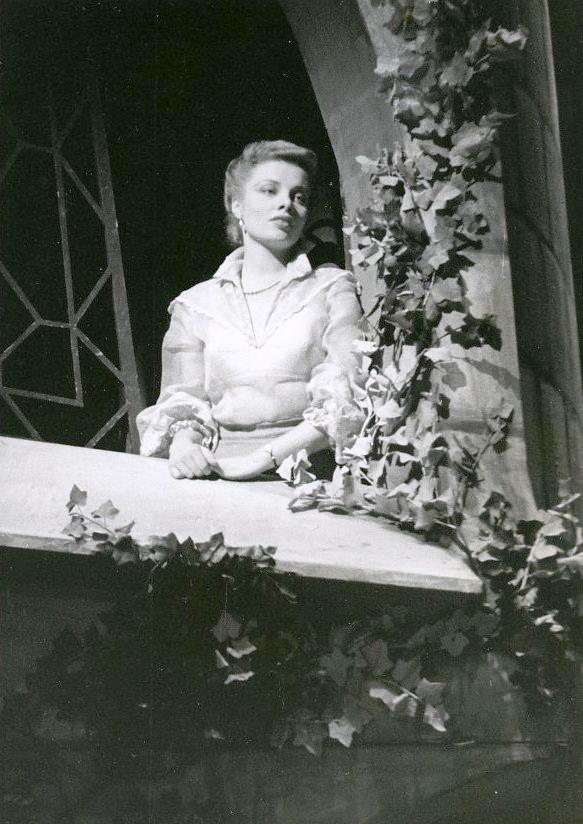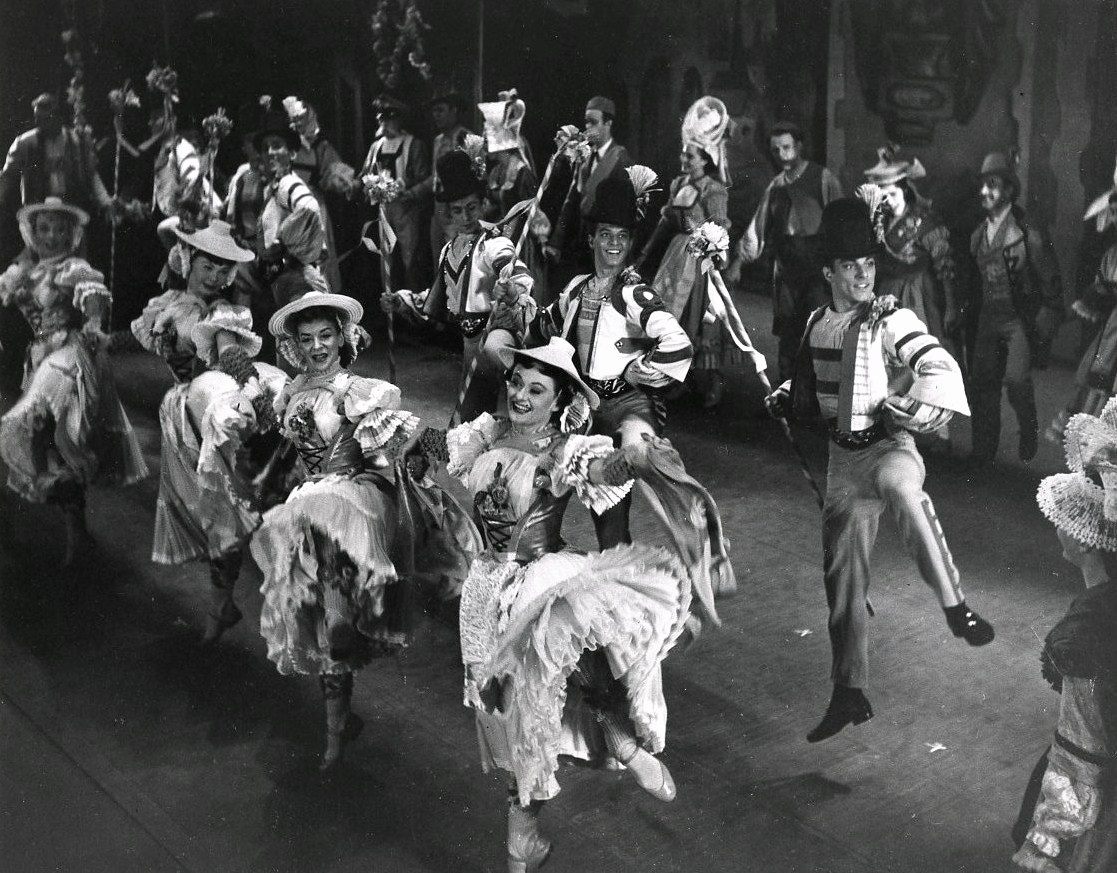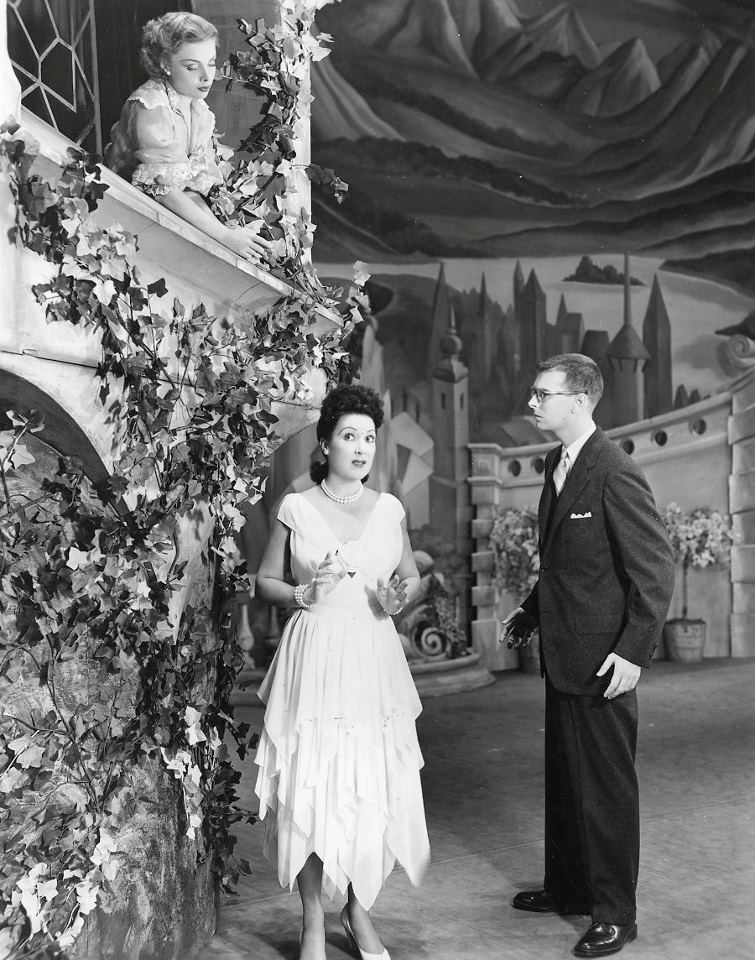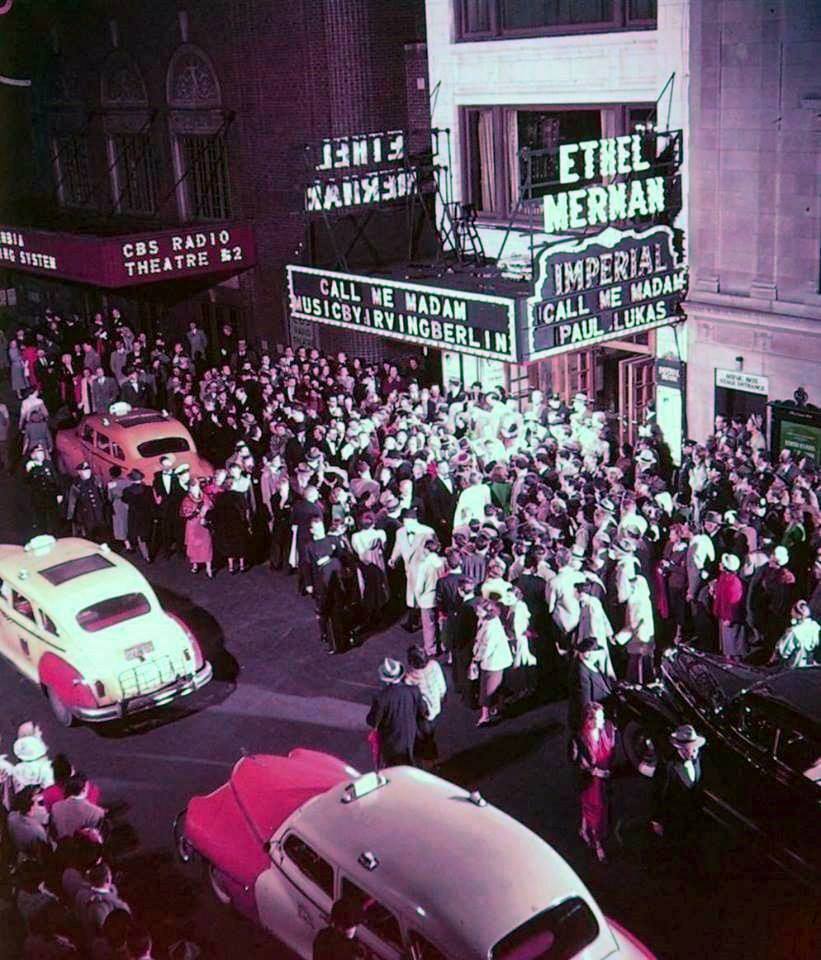Remembering Call Me Madam
An old school musical comedy that was not only a perfect star vehicle for an over-the-top leading lady, but also a fine example of a lost art of comedy filled with melody, romance, and pure joy, was the 1950 Broadway outing Call Me Madam. Starring the indelible Ethel Merman, and brimming with a parade of terrific Irving Berlin tunes, Call Me Madam may have had a corny plot, but it provided a night of carefree, escapist theatergoing.
With a book by the reliable team of Howard Lindsay and Russell Crouse, Call Me Madam drew it’s inspiration from the real-life personality of Perle Mesta, a Washington DC socialite appointed by President Harry Truman in 1949 to serve as the Ambassador to Luxembourg. Mesta was known for throwing grand parties that invited all the “Who’s Who” of the US capital. Her qualifications for a diplomatic position were dubious, but she was so well-liked in social circles, and so generous with the champagne and caviar, her qualifications seemed such a minor detail in sending her to represent such a tiny (and relatively problem-free) Grand Duchy as Luxembourg.
For Call Me Madam, the creators concocted a thinly-veiled version of Mesta in the character of Sally Adams, ambassador to the fictional country of Lichtenburg (though the playbill for the show noted that all parallels to Mesta coincidental). The story concerns Sally’s appointment to the post and the subsequent trip, with her staff (including her press representative Kenneth Gibson) in tow, to the duchy with whom she must foster relations. Once she is there, her unconventional charms, outspoken personality, and her hilarious etiquette faux pas win over the people of Lichtenburg, particularly the foreign minister Cosmo Constantine. Meanwhile, Kenneth Gibson finds himself falling in love with the beautiful Princess Maria, awkwardly misunderstanding the way it is making him feel, resulting in the unforgettable duet “You’re Just in Love.”
Of particular note is the score for Call Me Madam, arguably one of Irving Berlin’s most-delightful and melodically pleasing scores after his biggest hit, Annie Get Your Gun. Besides the aforementioned “You’re Just In Love,” itself a delightful counterpoint duet between Merman and character actor Russell Nype, other standouts include the sassy “The Hostess With the Mostess on the Ball,” the zippy “Can You Use Any Money Today?,” the breezy “It’s A Lovely Day Today,” and the arrogantly romantic “The Best Thing for You (Would Be Me).” Though the musical’s book is often described as dated (and parts are), the vibrant score keeps Call Me Madam from fading into obscurity.
Joining Merman and Nype in the Broadway production of Call Me Madam were Paul Lukas, Pat Harrington, Sr., Galina Talva, Tommy Rall, Lilia Skala, and Richard Eastham. Elaine Stritch was Merman’s standby, and would lead the national tour. With George Abbott helming the production and Jerome Robbins providing the choreography, Call Me Madam opened at the Imperial Theatre on October 12, 1950 where it remained for 644 performances. The show won three Tony Awards: Best Actress (Merman), Best Featured Actor (Nype), and Best Score. Merman would reprise her role (one of the few times she was allowed to) in the 1953 film version that also starred George Sanders, Donald O’Connor, and Vera-Ellen.
Mark Robinson is the author of the two-volume encyclopedia The World of Musicals, The Disney Song Encyclopedia, and The Encyclopedia of Television Theme Songs. His forthcoming book, Sitcommentary: The Television Comedies That Changed America,will hit the shelves in October, 2019. Hemaintains a theater and entertainment blog at markrobinsonwrites.com.

